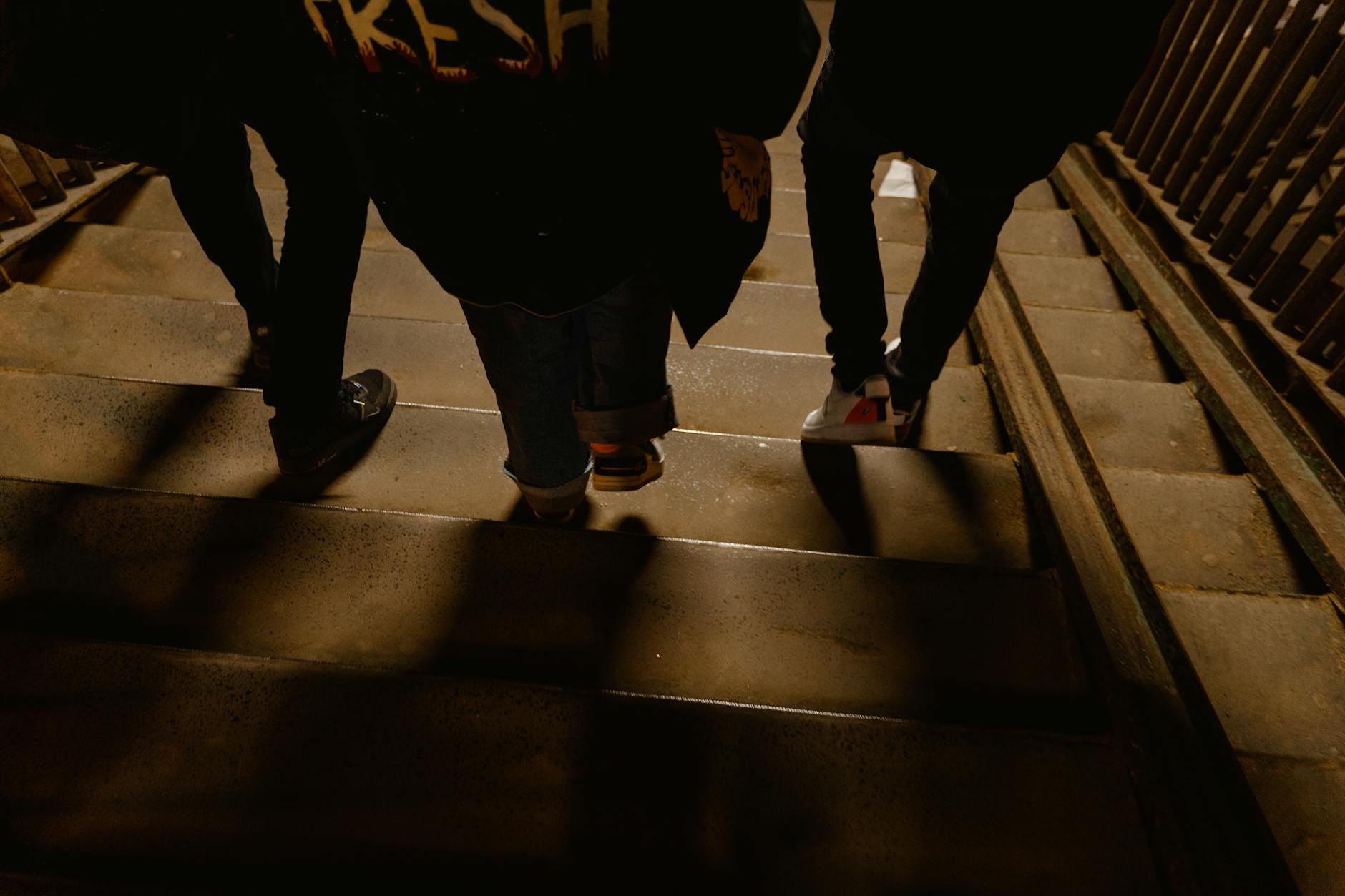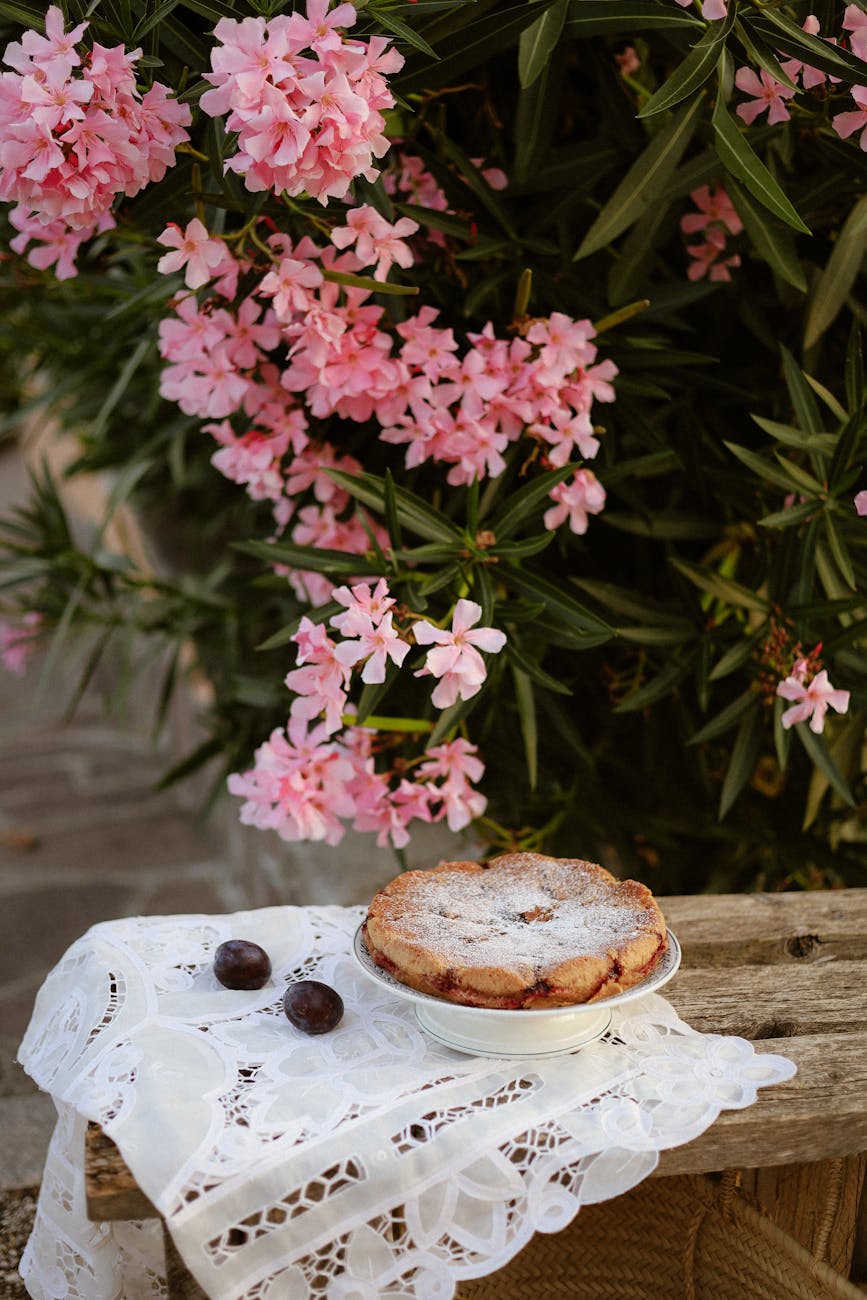The Sweet Surprise: Two Strangers Set to Charm Broadway This Fall
A cast of two brings a heartfelt musical journey to the Longacre Theatre, promising a unique theatrical experience.
Broadway is buzzing with anticipation for a new musical gem set to grace the stage this fall. “Two Strangers (Carry a Cake Across New York),” a production hailed for its intimate charm and compelling narrative, is slated for a November opening at the historic Longacre Theatre. With a cast comprising just two actors, this musical promises a deeply personal and resonant experience for audiences, offering a refreshing counterpoint to the grand spectacles often associated with the Great White Way.
The announcement itself has sparked considerable interest, suggesting a departure from the large-scale musicals that have dominated recent Broadway seasons. “Two Strangers” positions itself as a character-driven piece, relying on the chemistry and talent of its two leads to carry the emotional weight and narrative arc of the story. This minimalist approach to casting not only allows for a more focused exploration of the characters’ journey but also signals a potential trend towards more intimate and character-centric storytelling on Broadway.
The core premise, as suggested by its title, hints at a narrative that is both quirky and relatable. The act of carrying a cake across a bustling metropolis like New York City is inherently fraught with potential for both comedy and pathos. It’s a journey that requires careful navigation, a sense of purpose, and perhaps an unexpected connection forged along the way. The “two strangers” aspect immediately introduces the possibility of a burgeoning relationship, whether romantic, platonic, or something entirely unexpected, brought about by shared circumstance and the intimate confines of their shared mission.
This anticipation for “Two Strangers” is more than just a fleeting interest; it reflects a broader appetite within the theatre community for stories that prioritize human connection and emotional depth. In a world often characterized by rapid-fire communication and fleeting interactions, a musical that celebrates the slow, often awkward, unfolding of a relationship between two individuals has the potential to strike a powerful chord.
Context & Background
“Two Strangers (Carry a Cake Across New York)” arrives on the Broadway scene with a pedigree that suggests a well-crafted and engaging piece of theatre. While specific details about the creative team and the musical’s origins are still emerging, the initial description as a “musical charmer” points towards a production that prioritizes warmth, humor, and emotional resonance. The choice of the Longacre Theatre, a venue known for its intimate setting, further reinforces the notion that this musical is designed to foster a close connection between the performers and the audience.
The success of musicals with smaller casts in recent years has paved the way for productions like “Two Strangers.” Shows such as “Once,” with its innovative use of on-stage musicians, and “The Band’s Visit,” which celebrated cultural understanding through music and quiet observation, have demonstrated that compelling storytelling and strong performances can thrive without the need for elaborate sets or massive ensembles. These productions have proven that a focus on character development and genuine human interaction can be just as, if not more, impactful than the most extravagant Broadway spectacle.
Furthermore, the title itself, “Two Strangers (Carry a Cake Across New York),” is evocative. It suggests a journey that is both literal and metaphorical. The act of transporting a cake, a symbol often associated with celebration and special occasions, across a sprawling city like New York, implies a certain vulnerability and a need for careful handling. The “strangers” element introduces the potential for serendipity, for chance encounters that can alter the course of one’s life. The juxtaposition of these elements – the mundane act of transport, the symbolic weight of the cake, and the uncertainty of connecting with another person – creates a fertile ground for a compelling narrative.
The decision to open in November positions “Two Strangers” squarely within the crucial fall season, a period when Broadway audiences are eager for new entertainment offerings. This timing allows the musical to build momentum and potentially become a contender for awards during the subsequent season. The anticipation surrounding its opening suggests that the production has already generated significant buzz, likely stemming from successful prior engagements in workshops or regional theatres, or from the strength of its creative team and the unique appeal of its premise.
In-Depth Analysis
The core strength of “Two Strangers (Carry a Cake Across New York)” lies in its inherent simplicity and the potential for profound emotional exploration it offers. A cast of two immediately demands a heightened level of performance. Every line, every gesture, every musical phrase carries immense weight. The audience will be drawn into the intimate dynamic between these two individuals, searching for connection and meaning in their shared experience. This minimalist approach can be incredibly powerful, forcing the creative team to strip away any extraneous elements and focus on the fundamental building blocks of storytelling: character, emotion, and music.
The narrative itself, centered around the act of carrying a cake, is a brilliant metaphor. A cake is fragile, requiring careful handling and protection. It represents a moment, a celebration, a shared experience that is being transported from one place to another. The journey across New York City adds another layer of complexity. The city is a character in itself, a vibrant, often overwhelming, backdrop that can magnize the characters’ isolation or foster unexpected connections. The presence of a cake suggests a specific purpose, a reason for these two strangers to interact, and the potential for that purpose to evolve as their journey progresses.
The musical aspect is crucial. A “musical charmer” suggests a score that is likely to be melodic, engaging, and emotionally resonant. The songs will undoubtedly serve to illuminate the inner lives of the characters, revealing their hopes, fears, and desires. The limited cast size means that the musical numbers will likely be integrated seamlessly into the narrative, serving as extensions of the characters’ thoughts and feelings rather than standalone set pieces. The intimacy of the production will allow the audience to fully appreciate the nuances of the music and lyrics, fostering a deep connection with the emotional core of the show.
The success of “Two Strangers” will hinge on several key factors. First and foremost is the chemistry between the two lead actors. Their ability to create believable and compelling characters, and to forge a genuine connection on stage, will be paramount. The writing, both the book and the lyrics, will need to be sharp, witty, and emotionally intelligent, capable of navigating the complexities of human interaction and the vulnerabilities that arise when two strangers find themselves on an unexpected journey together. The direction will also play a vital role in shaping the overall tone and pacing of the production, ensuring that the intimate nature of the show is exploited to its fullest potential.
Moreover, the staging and design, while likely to be less elaborate than a traditional blockbuster musical, will need to be thoughtfully conceived. The Longacre Theatre, with its capacity for around 600 seats, is well-suited for a production that relies on intimacy. The set design, lighting, and sound will need to create an immersive world for the characters and their journey, without overwhelming the delicate balance of the two-person dynamic. The focus will undoubtedly be on creating a sense of place and atmosphere that enhances the emotional arc of the story.
Pros and Cons
The inherent strengths of “Two Strangers (Carry a Cake Across New York)” are numerous, stemming largely from its unique premise and minimalist approach.
Pros:
- Intimate and Personal Experience: With a cast of only two, the production is able to focus intensely on the characters and their relationship, fostering a deep emotional connection with the audience. This allows for nuanced performances and a more profound exploration of human connection.
- Strong Character Development: The limited cast size necessitates a focus on detailed character arcs. Audiences are likely to become deeply invested in the journeys and personal growth of the two protagonists.
- Musical Charm and Relatability: The description “musical charmer” suggests a score that is engaging, melodic, and emotionally resonant, likely with relatable themes that audiences can connect with on a personal level.
- Unique Narrative Premise: The title itself is intriguing and hints at a story with both whimsical and poignant elements, centered around a simple yet symbolic act. The journey across New York adds a dynamic backdrop.
- Potential for Critical Acclaim: Musicals that prioritize strong writing, compelling performances, and emotional depth often receive critical praise and can become sleeper hits. The intimate setting of the Longacre Theatre is ideal for this type of production.
- Cost-Effective Production: Compared to large-cast musicals, a two-person show can often be more cost-effective to produce, potentially allowing for a more sustainable run.
However, the very elements that make “Two Strangers” potentially brilliant also present certain challenges.
Cons:
- Heavy Reliance on Performers: The success of the musical will be almost entirely dependent on the talent and chemistry of its two lead actors. Any weakness in their performances could significantly impact the audience’s engagement.
- Limited Spectacle: For audiences accustomed to the grand scale and visual extravagance of many Broadway shows, the intimacy of “Two Strangers” might be perceived as lacking in spectacle.
- Sustaining Interest with a Small Cast: Maintaining audience engagement and narrative momentum for an entire musical with only two characters requires exceptional writing and direction to avoid monotony.
- Narrower Appeal: While intimate musicals can find dedicated audiences, the more traditional blockbuster musical often attracts a broader, more mainstream demographic. “Two Strangers” may appeal to a more niche segment of theatregoers.
- Potential for Repetitive Scenes: Depending on the narrative structure, scenes involving only two characters could, if not carefully crafted, become repetitive or feel too confined.
Key Takeaways
- “Two Strangers (Carry a Cake Across New York)” is a new musical set to open on Broadway in November at the Longacre Theatre.
- The production features a cast of only two actors, emphasizing an intimate and character-driven theatrical experience.
- The title suggests a narrative focused on connection, journey, and the symbolic act of carrying a cake across New York City.
- This production aligns with a growing trend of successful intimate musicals on Broadway that prioritize emotional depth and strong performances.
- The success of the musical will heavily rely on the chemistry and talent of its lead actors, as well as the quality of the writing and direction.
- The Longacre Theatre, known for its intimate setting, is an ideal venue for this type of production.
Future Outlook
The opening of “Two Strangers (Carry a Cake Across New York)” this fall holds significant implications for the future of musical theatre on Broadway. If successful, it could further validate the appeal of smaller-scale, character-focused productions, potentially encouraging more producers to invest in similar projects. This could lead to a more diverse Broadway landscape, offering a wider range of theatrical experiences beyond the traditional mega-musicals.
The musical’s success could also inspire new writers and composers to explore more intimate storytelling through music, focusing on the power of individual relationships and shared human experiences. The ability of a two-person show to resonate deeply with audiences suggests that compelling narratives can be crafted with minimal theatrical artifice, relying instead on the strength of the human element.
Furthermore, the reception of “Two Strangers” will be closely watched by industry professionals as an indicator of audience appetite. In an era where streaming services and other forms of entertainment compete for attention, Broadway needs to continue offering unique and compelling reasons for audiences to engage with live theatre. Productions like “Two Strangers” that offer a distinct emotional and artistic experience could be crucial in maintaining Broadway’s relevance and appeal.
The potential for “Two Strangers” to become a critically acclaimed and long-running show is certainly present. Its unique premise, coupled with the inherent strengths of intimate musical theatre, positions it as a strong contender for audience affection and critical recognition. The fall opening gives it a clear runway to establish itself and build word-of-mouth, potentially leading to a significant impact on the Broadway season.
Call to Action
As the opening date approaches, theatre enthusiasts are encouraged to mark their calendars and secure tickets for “Two Strangers (Carry a Cake Across New York).” This promises to be a unique and memorable Broadway experience, offering a heartfelt exploration of human connection through the power of music. For those seeking a more intimate and emotionally resonant theatrical journey, this musical is not to be missed.
To stay updated on casting announcements, ticket sales, and any further details about the production, interested individuals are advised to follow official Broadway news outlets and the official channels for the Longacre Theatre and the show itself. The opportunity to witness a potentially groundbreaking intimate musical is rare, and “Two Strangers” presents a captivating invitation to experience the magic of Broadway in a fresh and deeply personal way.









